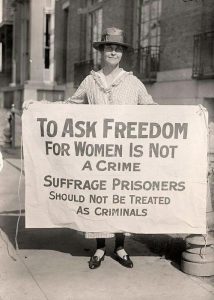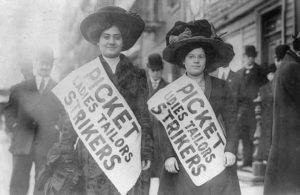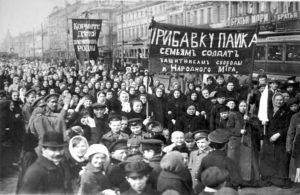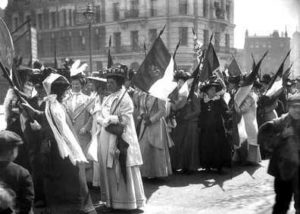
The Dinette Teller Special – International Woman’s Day
International Woman’s Day officially born on the 28th of February 1909. Starting in New York as a result of the efforts of the Socialist Party. Even before that, women’s strokes were becoming popular all around America and Europe.
Actually, it was during the first half of the 19th century that women started organising marches and protests. Their objective was to make their social and political rights be recognized. In fact, The Suffragette’s Movements began to emerge in the Western Hemisphere around 1907.
In other parts of the World, the Universal Suffrage was achieved previously as a result of a hard fought battle. For example, in New Zealand, where women´s got the right to vote in 1893.
After the first “Woman’s Day” in February of 1909, a huge protest march took place in November of the same year. The protest involved 20 thousand shirt tailors and it lasted until the 15th of February of the following year. After that, Woman’s Day gained much more attention than the previous years.
At that point, Woman’s Day became a fact.
During the International Conference of Copenhagen on the 26th of August 1910. Official Woman’s Day was established as a Bank Holiday.
One hundred women attended the Conference, representing 17 different countries. From that day, each country established a Bank Holiday on a different date, usually related to an important date of the country itself.
For instance, Germany, Austria and Switzerland decided to celebrate Women´s day on the 19th of March. The date was chosen to remember the Prussian King, who didn’t honor his promise of recognizing women’s rights in 1848. In Sweden was fixed on the 1st of May, as the Labour Day. In France on the 18th of March, to commemorate the Paris Commune.
Unfortunately, in July 1914 Woman’s Day was abolished during the First World War
In Russia (St. Pietroburgo) on the 8th of March 1917, hundreds of Russian women took to the streets and protested against the Zar and asked for the ending of the First World War.
For this reason, the 8th of March was chosen as International Working Woman’s Day by the representatives of women during the Second Socialist Internation Conference.
Nowadays the 8th of March is the official Woman’s Day, chosen by ONU.
In Italy, the first celebration occurred in 1922, but this practice strengthened over the years. Woman’s Day was consolidated in 1945 thanks to the Women’s Union, born after the Fascism fall.
In Italy, the symbol of Woman’s Day is the silver wattle or “mimosa“. This tradition was introduced 1946 by Teresa Mattei, the youngest politician female at that time. It is a very common flower, which blooms exactly at the beginning of March.
In the past decade, Woman’s Day has also been taken as a chance to deal with different topics such as marriage, divorce, abortion or homosexuality.













